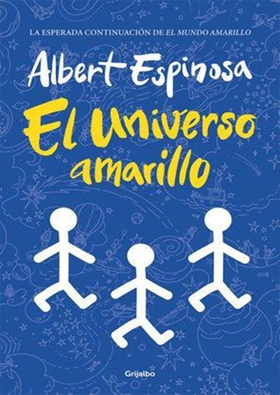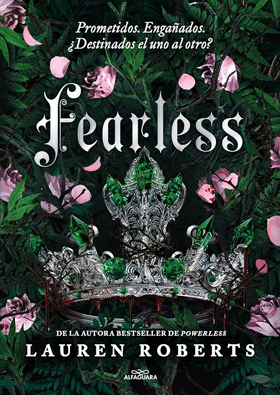

THE WORLD OF MADELEINE CASTAING (OF3)
The inimitable style of renowned French interior designer Madeleine Castaing, chronicled in-depth for the first time. While many were drumming to the beat of modernism in the early- and mid-twentieth century, French antiquaire and decorator Madeleine Castaing created her own look that was a unique blend of neoclassicism, Proustian romanticism, and pure wit. Her distinctive aesthetic vision has inspired tastemakers on both sides of the Atlantic, and her devotees--both then and now--are legion. Ocelot carpeting, opaline blue, "coolie" lampshades, and an eclectic mix of neoclassical furnishings ranging from English Regency to Napoleon III all formed part of the vocabulary of "le style Castaing." This lavishly illustrated volume--the first on her work--explores in-depth the elements of her style, and examines how she crafted interiors so emotive that visitors felt that they had stepped into a Balzac novel or a Proustian recollection. Her entire life and career are chronicled, from her early years in Montparnasse, the epicenter of artistic activity in Paris, to her incomparable country house Leves and her legendary shop on rue Jacob in Paris.
999
TOULOUSE-LAUTREC (BA-ART)
Este libro esencial sobre la figura de Toulouse-Lautrec recorre un universo de cantantes, bailarinas, músicos y prostitutas para descubrir a un artísta dotado de un gran empatía, una habilidad figurativa sorprendente y una sensibilidad única para captar la energía y las historias propias de una ciudad.
1,350
VAN GOGH (BA-ART)
Arte atormentado
El talento y la angustia de un maestro postimpresionista
Las obras de Vincent van Gogh (1853-1890) se cuentan entre las más conocidas y alabadas del mundo. En lienzos como Los girasoles, La noche estrellada, Autorretrato con la oreja vendada y en muchos otros cuadros y dibujos llegamos a identificar a un artista con un don único para retratar estados de ánimo y situaciones gracias a su maestría en el uso de las pinturas, los lápices, los carboncillos y las tizas. Repleta de ilustraciones, esta introducción al mundo de Vincent van Gogh sigue el rastro artístico de su vida, desde las primeras pinturas de campesinos y trabajadores rurales, pasando por las obras de su luminoso periodo parisiense, hasta llegar al febril estallido de su creatividad durante su estancia en el sur de Francia, en sus últimos dos años y medio de existencia.
1,350
ANATOMIA DEL GUION. EL ARTE DE NARRAR EN
Basado en las clases magistrales de John Truby, Anatomía del guión aborda conceptos y arquetipos extraídos de la filosofía y la mitología para transformarlos en una técnica actualizada para la redacción de guiones cinematográficos de gran profundidad narrativa.
El método de Truby es tan brillante como práctico. Su desarrollo se fundamenta en el crecimiento emocional y moral de sus protagonistas, y ofrece a lectores —profesionales y aficionados— multitud de herramientas y técnicas específicas para lograr que los personajes cobren sentido y el público conecte con ellos; ofrece además recursos para construir tramas sorprendentes, siempre con el sello personal del propio autor. Los 22 pasos para la composición de un guión que propone Truby se pueden aplicar a todo tipo de escritos, desde novelas y cuentos, a artículos periodísticos, memorias y ensayos. Son, sin embargo, en el guión donde han probado su mayor eficacia.
1,995














